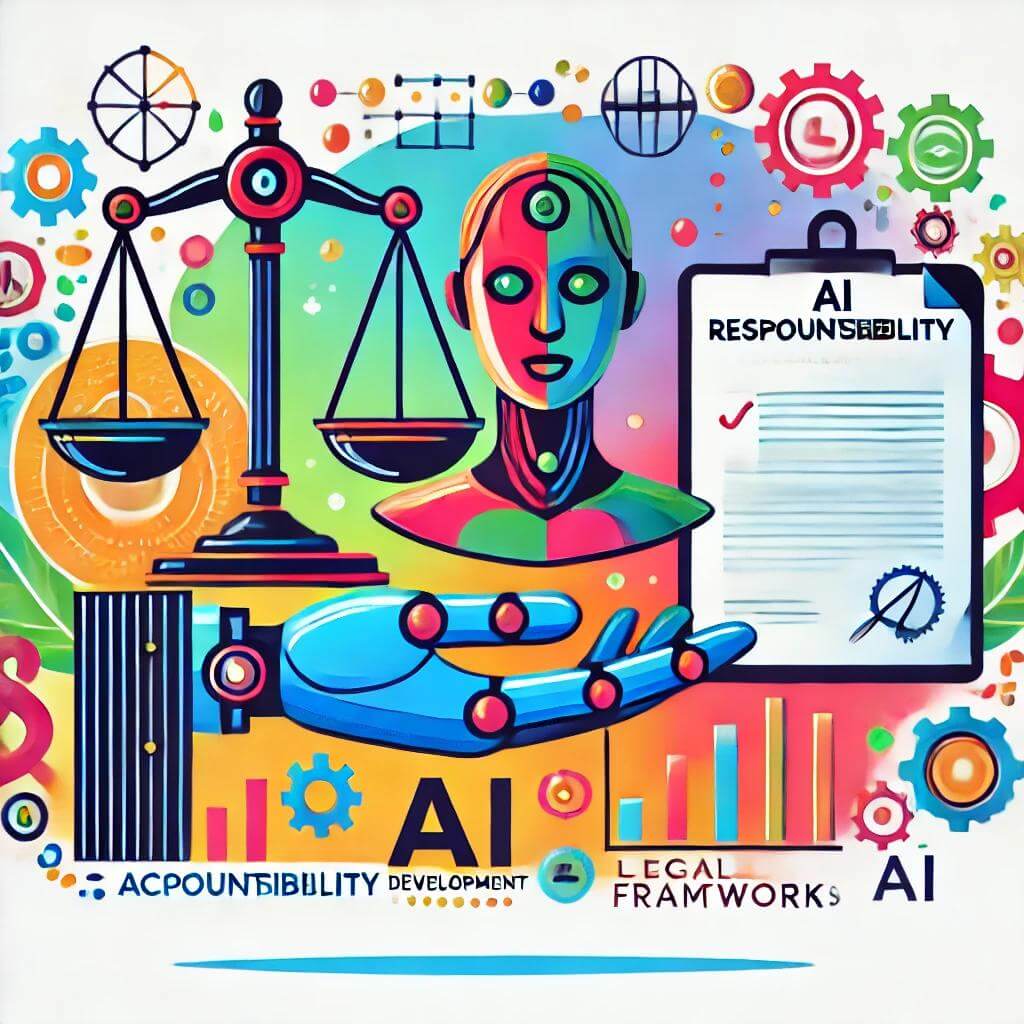AI and Privacy Laws: Protecting Individuals in a Data-Driven World
Artificial Intelligence (AI) has revolutionized how businesses and governments process data, enabling predictive insights and personalized services. However, AI’s reliance on large datasets poses significant risks to user privacy. Balancing the power of AI with the need for privacy protection is essential in today’s data-driven world. This article explores AI’s intersection with privacy laws, challenges in enforcement, and strategies for compliance.
AI’s Reliance on Large Datasets and Privacy Implications
AI systems thrive on data, using vast datasets to identify patterns, make predictions, and automate decisions. While this capability offers significant benefits, it also raises concerns about privacy breaches and data misuse.
Key Privacy Risks in AI
- Data Collection and Storage: AI systems often gather sensitive personal data, increasing the risk of breaches.
- Lack of Transparency: Users may not fully understand how their data is being used or shared.
- Bias and Discrimination: Poorly managed data can result in biased algorithms, affecting decisions like hiring or loan approvals.
| Risk Area | Implication |
|---|---|
| Data Collection | Potential exposure of sensitive information |
| Lack of Transparency | Reduces trust in AI systems |
| Algorithmic Bias | Leads to unfair outcomes for certain groups |
By understanding these risks, businesses and regulators can implement measures to safeguard user privacy.
Key Privacy Laws and Their Relevance to AI
General Data Protection Regulation (GDPR)
The GDPR, implemented by the European Union, is one of the most comprehensive privacy laws, emphasizing:
- User Consent: Organizations must obtain explicit consent before collecting personal data.
- Data Minimization: Only essential data should be collected and stored.
- Right to Erasure: Users can request the deletion of their personal data.
California Consumer Privacy Act (CCPA)
The CCPA, applicable in California, provides similar protections with a focus on transparency:
- Right to Know: Users have the right to know what data is collected and how it is used.
- Opt-Out Options: Consumers can opt out of the sale of their data.
| Privacy Law | Key Features | Relevance to AI |
|---|---|---|
| GDPR | Consent, minimization, erasure | Ensures AI compliance with strict rules |
| CCPA | Transparency, opt-out options | Promotes user awareness and control |
Both laws demonstrate the importance of protecting individuals in a rapidly evolving digital landscape.
Enforcement Challenges in AI Systems
Ensuring compliance with privacy laws is particularly challenging in AI systems due to their complexity and dynamic nature.
Challenges in Enforcement
- Black-Box Models: Many AI systems lack explainability, making it difficult to understand how decisions are made.
- Cross-Border Data Flows: Data often moves across jurisdictions, complicating compliance with local laws.
- Evolving Technologies: Rapid advancements in AI outpace regulatory frameworks.
Mitigating Enforcement Challenges
| Challenge | Mitigation Strategy |
|---|---|
| Lack of Explainability | Implement Explainable AI (XAI) systems |
| Cross-Border Data Issues | Establish clear international agreements |
| Rapid Technological Changes | Regular updates to regulatory frameworks |
These measures help address the unique challenges of applying privacy laws to AI.
The Role of Explainable AI (XAI) in Compliance
Explainable AI (XAI) enhances transparency in AI systems, making them more compliant with privacy laws.
Benefits of XAI in Privacy Protection
- Improved Transparency: XAI systems provide insights into how decisions are made, helping users and regulators understand AI processes.
- Bias Detection: Explainability helps identify and correct biases in AI algorithms.
- Enhanced Trust: Users are more likely to trust AI systems that are transparent and understandable.
| XAI Benefit | Impact on Privacy Compliance |
|---|---|
| Transparency | Builds user trust |
| Bias Detection | Ensures fairness and accountability |
| Enhanced Trust | Promotes widespread adoption of ethical AI |
Integrating XAI into AI systems is a key step toward aligning AI practices with privacy laws.
Balancing AI Use with Privacy Obligations
Businesses must strike a balance between leveraging AI’s capabilities and adhering to privacy obligations.
Strategies for Balancing AI and Privacy
- Data Anonymization: Removing personally identifiable information from datasets reduces privacy risks.
- Regular Audits: Periodic reviews ensure AI systems comply with current regulations.
- User-Centric Design: Designing AI systems with privacy as a core principle enhances compliance and user trust.
Industry Examples
| Industry | Privacy Measure | Outcome |
|---|---|---|
| Healthcare | Data encryption in patient records | Secure patient information |
| Retail | Transparent customer data usage policies | Increased customer trust |
| Finance | Anonymized transaction data | Reduced risk of data breaches |
By implementing these strategies, businesses can create AI systems that prioritize both innovation and privacy.
Conclusion
The intersection of AI and privacy laws highlights the need for robust regulations and responsible AI practices. Privacy laws like the GDPR and CCPA offer frameworks for protecting user data, but enforcement challenges remain. Businesses must adopt strategies such as Explainable AI and data anonymization to ensure compliance while leveraging AI’s transformative potential. By fostering collaboration between policymakers, businesses, and technology developers, societies can create a data-driven world where privacy and innovation coexist harmoniously.




Post Comment